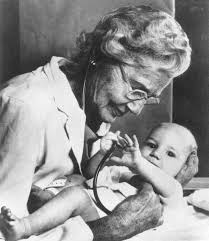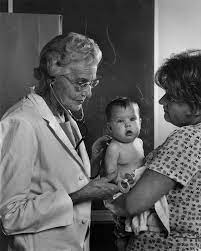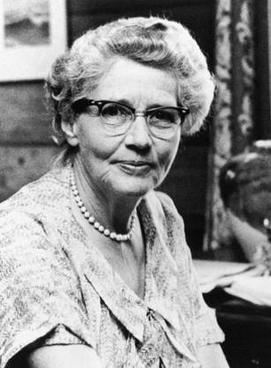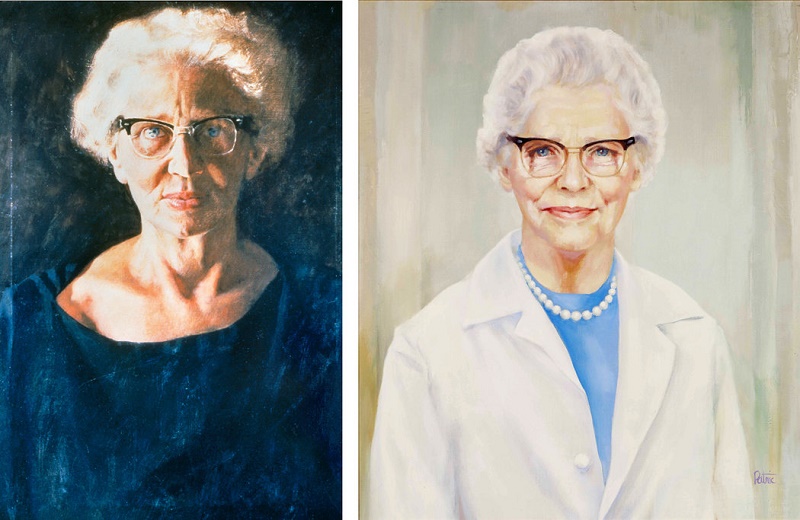In the 1920s, the world was not kind to women with big dreams. When Helen B. Taussig said she wanted to be a doctor, she was told “no.” Medical schools rejected her. Professors dismissed her. But Helen had a purpose: she wanted to heal broken hearts, and she refused to let anyone stop her. This is one of those incredible stories that reminds us what a single, determined person can do, changing the course of medical history and saving countless lives.
Helen was a true pioneer. She was not the kind of person to surrender. She kept pushing, and after years of persistence, she finally earned her medical degree from Johns Hopkins in 1927, as one of the only women in her class. She stepped into a career field that did not want her, ready to prove them all wrong.

The “Blue Baby” Miracle
In the 1940s, parents faced a devastating, hopeless diagnosis. Thousands of infants were being born with a deadly heart defect known as “blue baby syndrome.” Their hearts were, quite literally, broken. They couldn’t get enough oxygen, and their skin had a tragic blue tint.
Doctors had no answers. Parents were told to simply take their babies home, make them comfortable, and prepare for them to die.
Helen Taussig refused to accept this. She, along with her colleagues surgeon Alfred Blalock and technician Vivien Thomas, dedicated her life to finding a solution. Together, they developed a revolutionary and dangerous new surgical procedure. It was a shunt that could redirect the baby’s blood flow, allowing their lungs to finally get oxygen.
It was a miracle. For the first time in history, parents who had been told to prepare for a funeral instead watched in awe as their baby’s blue skin turned a healthy, rosy pink right on the operating table. She was giving thousands of children a second chance at life.

Full Story: The Hidden Meaning Behind Princess Diana’s Cannes Gown: A Heartfelt Farewell to Grace Kelly
A New Challenge and a Deeper Strength

But fate wasn’t finished testing Helen. Just as her career was soaring and she was becoming world-famous, she began to go deaf.
For a cardiologist—a doctor who depends on a stethoscope to hear the faint murmurs of a heart—this should have been the end of her career. But for Helen, it was just another obstacle to overcome.
She learned to read lips perfectly. More incredibly, she trained her fingertips to listen. She would place her hands gently on a child’s chest and could feel the unique rhythms and vibrations of their broken hearts. Her sense of touch became her superpower. It became as acute as the senses of many wild animals, and it gave her a deeper, more human connection to her tiny patients than most doctors ever experience.
A Legacy That Never Fades
Dr. Taussig didn’t just save lives; she shattered barriers for women everywhere. She became the first-ever female president of the American Heart Association. In 1964, she received the Presidential Medal of Freedom, the nation’s highest civilian honor.
Her story is a powerful reminder that greatness isn’t born from an easy life. It’s born from a stubborn refusal to quit. Helen Taussig was told “no” by everyone, but she listened to her own purpose instead and changed the world.
Read More: Science Confirms Kelly Brook’s ‘Perfect Body,’ But the Real Message is Bigger Than Beauty.

